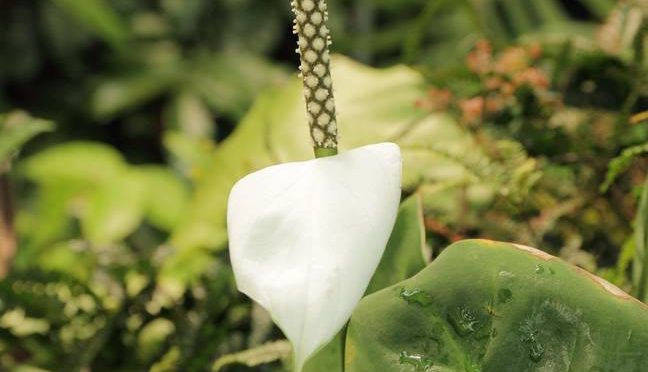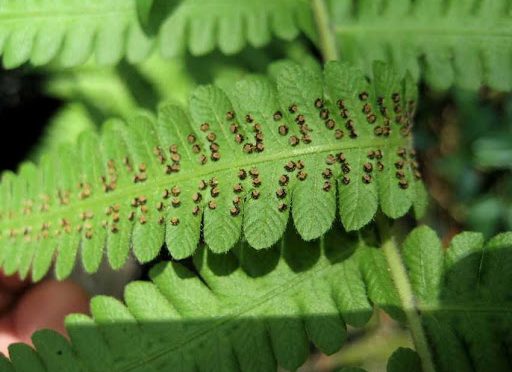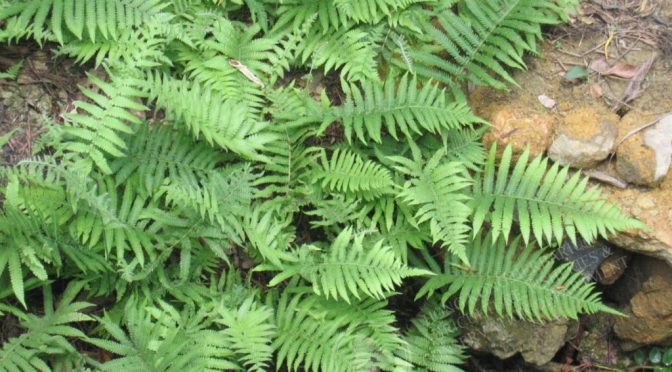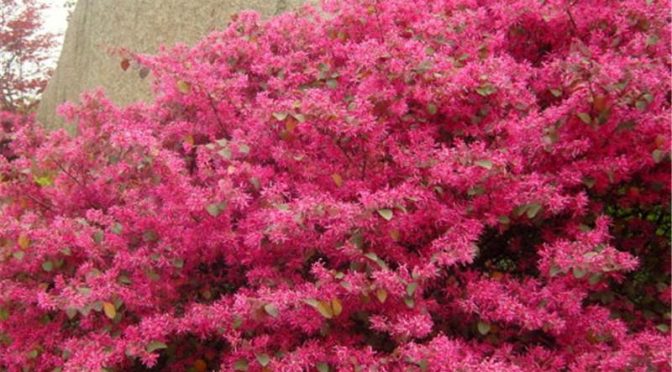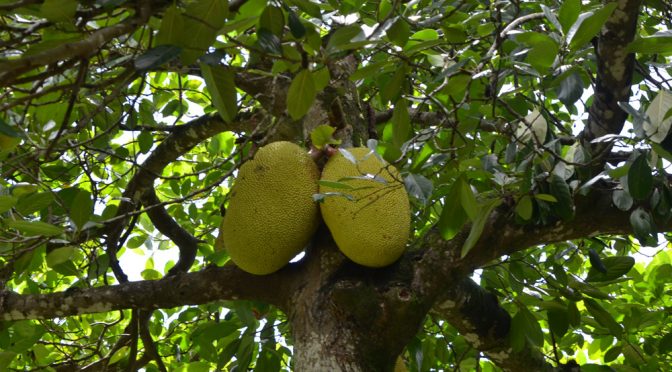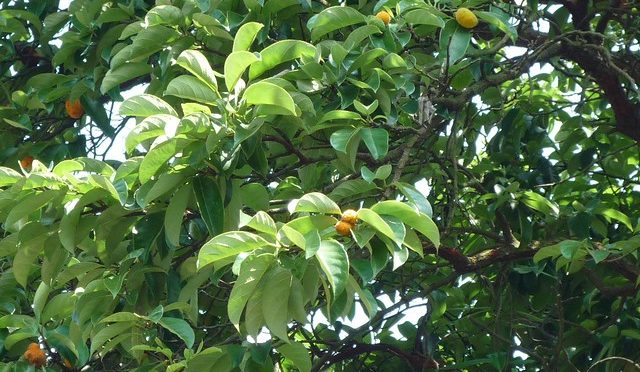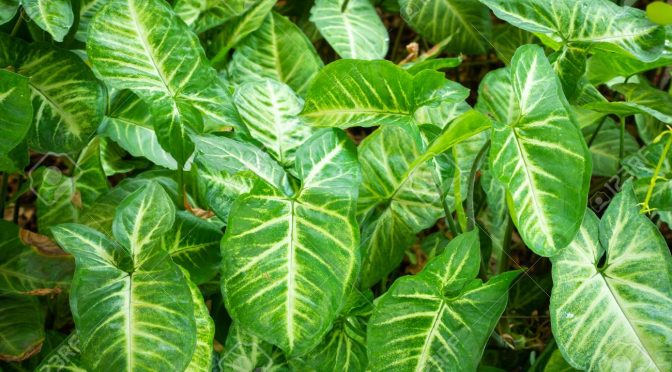
Lagerstroemia indica (Common Crape Myrtle)
Lagerstroemia indica is a deciduous shrub or small tree with an upright, vase-shaped crown; it can grow from 3 – 8 metres tall. The tree is harvested from the wild for local use as a medicine and source of wood. It is used in soil stabilization projects and is a very ornamental plant, valued especially for its floral display and neat habit, being commonly grown in gardens, as a street tree etc from the warm temperate zone to the tropics – there are many named…
